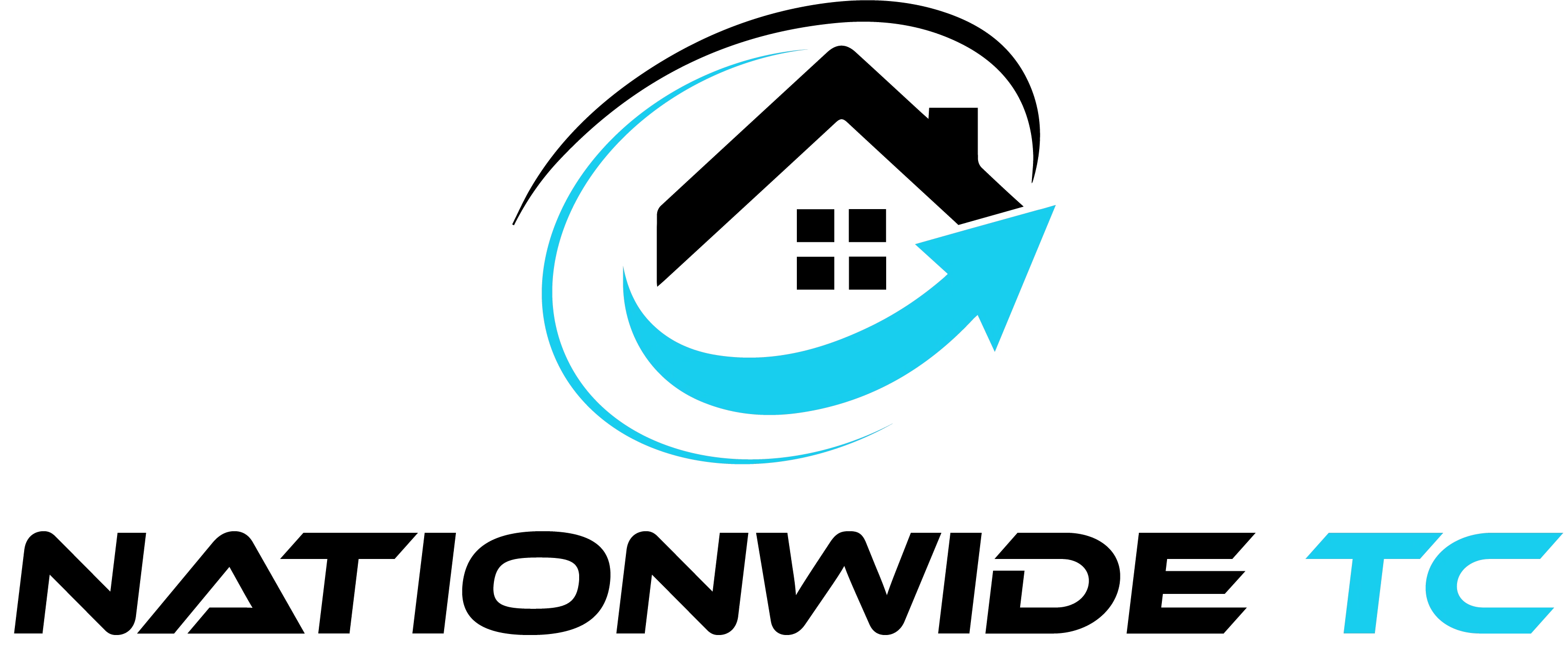No products in the cart.

Introduction to Memorandums
Memorandums play a crucial role in ensuring agreements are understood and enforced. Additionally, they serve as formal records of intent or action. Moreover, these documents can bridge communication gaps between parties. Furthermore, memorandums often simplify the enforcement of agreements. Finally, understanding their importance is essential for individuals and businesses.
What Are Memorandums?
Memorandums, or memos, are written documents used for communication within or between organizations. Additionally, they outline details, terms, and expectations. Furthermore, while they are not always legally binding, they carry significant weight. Finally, their clarity and specificity make them invaluable tools for formalizing agreements.
Characteristics of Effective Memorandums
Effective memorandums are concise, clear, and precise. They outline objectives without unnecessary details. Including actionable points ensures they drive results. Their formal tone reinforces their significance in professional contexts. Lastly, consistent formatting improves readability and comprehension.
Differences Between Memorandums and Contracts
Memorandums differ from contracts in several ways. Memorandums often lack the enforceability of a contract. However, they serve as preliminary agreements. Contracts, on the other hand, are binding and legally enforceable. Despite these differences, memorandums often complement contracts.
Benefits of Using Memorandums in Agreements
Memorandums provide numerous advantages in enforcing agreements. They foster transparency and understanding. Moreover, they ensure all parties are on the same page.
Clarifying Expectations
Memorandums clarify roles, responsibilities, and expectations. They outline who does what and when. This reduces confusion and misunderstandings. As a result, they promote smoother execution of agreements.
Providing Written Evidence
Memorandums offer tangible proof of commitments. Furthermore, they act as written records that parties can refer to later. As a result, this documentation becomes crucial during disputes or misunderstandings. Additionally, they reduce the reliance on verbal agreements.
Encouraging Accountability
Accountability increases when expectations are written down. Furthermore, memorandums ensure everyone understands their obligations. As a result, this transparency discourages non-compliance. Consequently, they create a sense of responsibility among parties.
Streamlining Communication
Memorandums simplify communication between parties. They eliminate the need for repeated verbal explanations. Furthermore, they provide a single document for reference. This reduces confusion and increases efficiency.
Types of Memorandums Used in Agreements
Different types of memorandums serve various purposes. Knowing these types helps individuals and organizations use them effectively.
Memorandums of Understanding (MOUs)
Memorandums offer tangible proof of commitments. Furthermore, they act as written records that parties can refer to later. As a result, this documentation becomes crucial during disputes or misunderstandings. Additionally, they reduce the reliance on verbal agreements.
Memorandums of Agreement (MOAs)
MOAs are more formal than MOUs. They detail specific commitments and actions. Unlike MOUs, they may carry legal weight. Organizations often use MOAs for detailed project agreements.
Internal Memorandums
Internal memorandums are used within organizations. They address internal policies, procedures, or updates. While not related to external agreements, they ensure internal clarity. This improves organizational efficiency and alignment.
How to Draft Effective Memorandums
Drafting a memorandum requires careful planning. Following a structured approach ensures effectiveness.
Start with a Clear Purpose
Always define the purpose of the memorandum upfront. State why the document is being written. This helps the reader understand its importance. Additionally, it sets the tone for the entire document.
Use Simple and Direct Language
Avoid complex jargon or unnecessary details. Instead, write in simple, direct sentences. This makes the memorandum easy to understand. Furthermore, clarity reduces potential misinterpretations.
Structure the Memorandum Logically
Organize the memorandum into clear sections. Begin with an introduction, followed by details, and end with conclusions. Logical flow improves readability and comprehension. It also ensures the reader finds relevant information quickly.
Include Specific Details
Provide specific details about roles, responsibilities, and timelines. Vagueness leads to confusion and disputes. Specificity ensures parties know what is expected of them.
Review and Edit Thoroughly
Always review the memorandum before sharing it. Check for grammatical errors and inconsistencies. Editing ensures the document is professional and polished. Additionally, accurate memorandums foster credibility.
Memorandums in Legal Contexts
Memorandums often play a significant role in legal contexts. They provide a framework for formal agreements.
Evidence in Disputes
In disputes, memorandums can serve as evidence. They show the intentions and commitments of parties. Courts often consider them while determining the resolution. This makes them valuable tools in legal proceedings.
Basis for Contracts
Memorandums frequently serve as the foundation for contracts. They outline initial terms and pave the way for formal agreements. This transition ensures parties understand their obligations thoroughly.
Protecting Interests
Memorandums help protect the interests of all parties involved. They prevent misunderstandings and misrepresentations. Additionally, they reduce the likelihood of disputes.
Limitations of Memorandums
Despite their usefulness, memorandums have limitations. Understanding these helps avoid potential pitfalls.
Lack of Legal Enforceability
Many memorandums are not legally binding. This limits their ability to enforce compliance. However, their significance lies in providing clarity and intent.
Potential for Misinterpretation
Poorly written memorandums can lead to misinterpretations. Ambiguity creates confusion and disputes. Therefore, clarity and precision are essential.
Over-Reliance on Informality
Some parties may over-rely on the informality of memorandums. This can undermine the seriousness of agreements. Balancing formality and flexibility is key.
Tips for Maximizing the Impact of Memorandums
To maximize their impact, consider these tips.
Communicate Expectations Clearly
Always communicate expectations clearly in the memorandum. Use simple language to reduce confusion. This ensures mutual understanding and smooth execution.
Involve All Relevant Parties
Ensure all relevant parties contribute to the memorandum. Their input increases its effectiveness. Furthermore, collaboration fosters a sense of ownership.
Update Memorandums Regularly
Update memorandums as circumstances change. This keeps them relevant and accurate. Regular updates prevent outdated information from causing issues.
Combine Memorandums with Other Tools
Use memorandums alongside contracts and policies. This comprehensive approach ensures complete coverage. It also strengthens the enforceability of agreements.
Conclusion
Memorandums are indispensable tools for enforcing agreements. Moreover, they clarify expectations, improve accountability, and reduce disputes. However, despite their limitations, their benefits outweigh their drawbacks. Therefore, following best practices ensures their effectiveness. As a result, by understanding and using memorandums wisely, individuals and organizations can achieve smoother agreements and stronger relationships.
Click Here to Learn More About Our Memorandum Services
Book a Free 15 Minute Call Today and Find Out More About Our Services!













